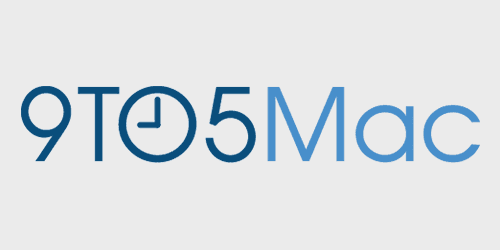OWC puts together Mac Mini Stack Max: USB 3.0, 4TB 3.5 inch drive, eSATA and more

[youtube=http://www.youtube.com/watch?v=by5C34nldTo]
We love this add-on to the Mac Mini that turns it into more of a pro-device (and a cube!). The business up front is a DVD-R drive (not sure about BluRay) and an SDXC card reader that complements the one on the back of the mini. On the rear, you get a high power USB source for quick-charging an iPad as well as a few USB 3.0 ports that require separate drivers. Also on the back is an eSATA port for fast external peripheral support as well as two Firewire 800 ports. Inside, there is room for up to a 4TB 3.5 inch hard drive which you can order with the Mini Stack Max or you can bring your own.
This is interesting because it is moving the Mini more toward a pro-like setup.
OWC has not put a price on the Mac Mini Stack Max but expects them to be available in March.
Expand
Expanding
Close

 Hello one final time, 9to5Mac readers.
Hello one final time, 9to5Mac readers.